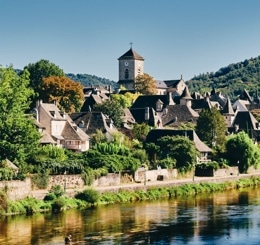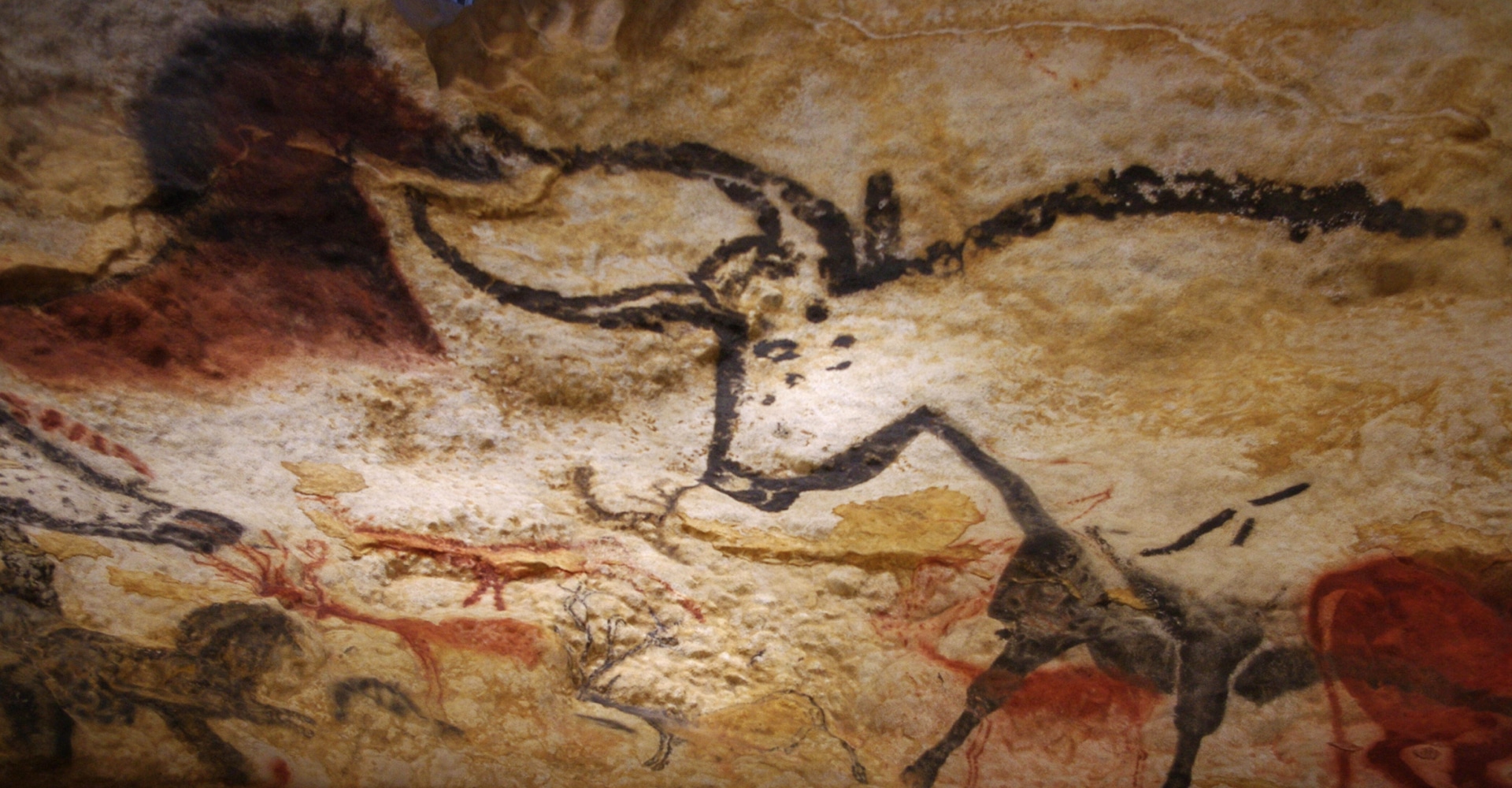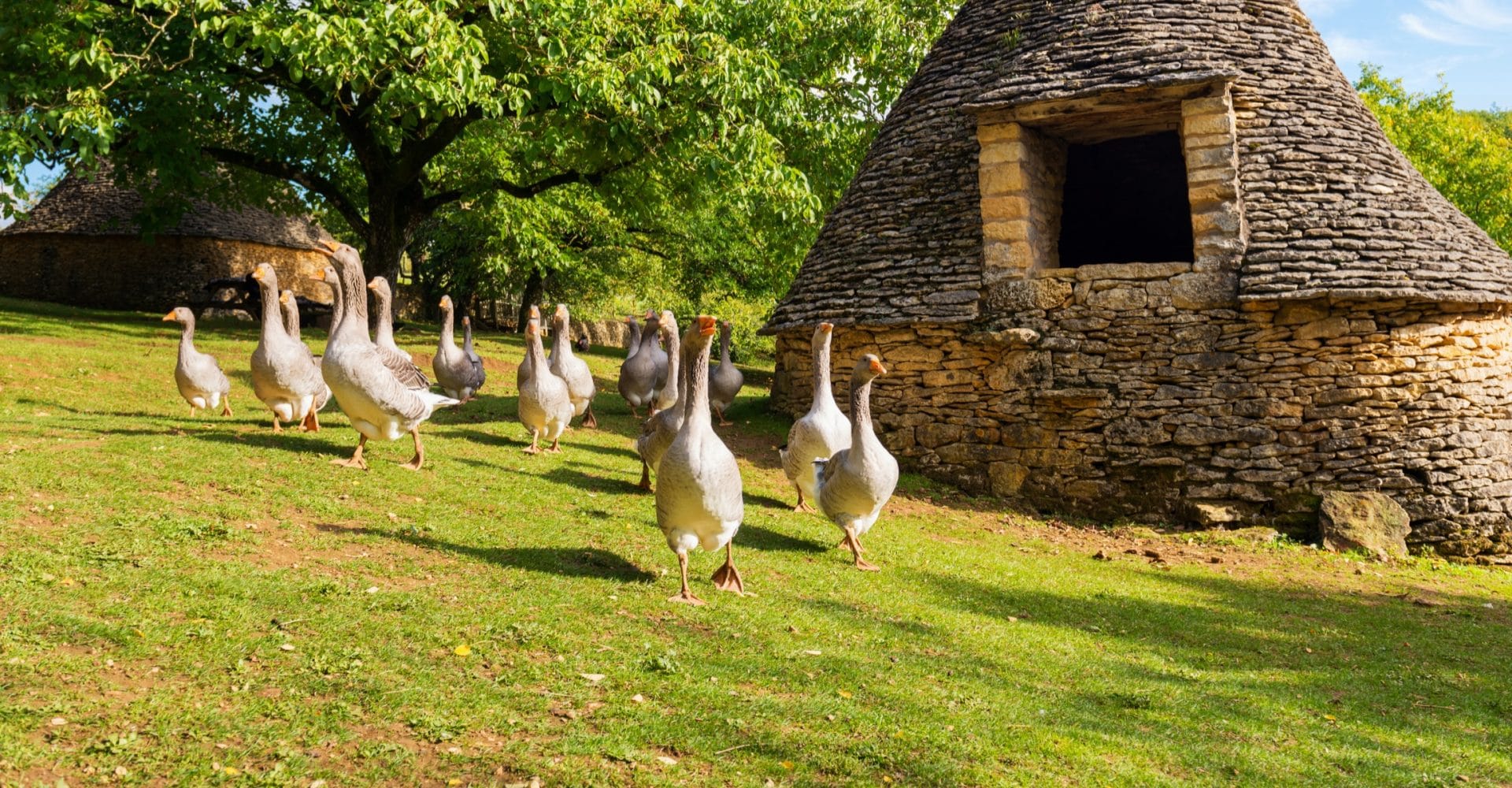

Much more than the capital of foie gras and prehistory : Dordogne & Tourism
Known worldwide for its gourmet cuisine, its treasures from Prehistoric times and its 1001 castles, people come from all over France and beyond to the Dordogne department, also known as the Black, Purple, Green and White Perigords. In this quiet and preserved setting in the south west of France, one is dazzled by the beauty of unspoilt landscapes, the wonders of history, the pleasures of the table, the joys of the great outdoors.
This region with a thousand facets is the promise of a cultural, green, gastronomic but also sporting tourism and holidays rich in wonder. Sarlat, the cave of Lascaux, foie gras, the Dordogne is much more and is full of places of interest, surprises, discoveries, and sometimes hidden gems. The list is long, even endless, as the activities are so numerous.
You will find a host of activities for the whole family whatever your interests.
What to do in the Dordogne ?
Sarlat
A masterpiece of art and history, Sarlat-la-Canéda has an exceptional architectural heritage and the world record for the density of listed historical monuments. In this prosperous medieval town and in a maze of picturesque lanes, modest or monumental stone buildings follow one another, testifying to 1000 years of history. You will discover the Convent of the Order of Notre-Dame, the Old Church of Sainte-Marie, the Town Hall, numerous houses and mansions, the most famous of which are the Maison de La Boétie, the Hôtel du Barry, the Hôtel de Savignac.
Crowds of shops, especially food shops, are housed in the medieval houses with Lauze slabbed roofs and covered with limestone. Its perfect preservation and photogenicity make the Capital of the Périgord an ideal setting for the cinema. It can be found in many films such as Jeanne d’Arc by Luc Besson or Les Misérables by Robert Hossein.

The Lascaux caves
A stay in the Dordogne Périgord Noir is a unique opportunity to discover the most famous prehistoric site in the world: the Lascaux cave. Located in the small town of Montignac in the Vézère Valley, the “Sistine Chapel of Parietal Art” or “Versailles of Prehistory” is one of the most important decorated caves of the Palaeolithic period. It is the work of our famous Cro-Magnon ancestor who was, contrary to popular belief, gifted for the arts.
Four teenagers are at the origin of this major archaeological discovery dating back to 1940. Since then, in order to preserve this extraordinary 18,000-year-old heritage and to reveal the beauty of its rock paintings to the world, three replicas have been created:
- Lascaux II, 90% of the paintings are reproduced in this 1st replica.
- Lascaux III, international traveling exhibition
- Lascaux IV – Centre International de l’Art Pariétal, integral replica inaugurated in 2016
It’s up to you.
The Valley of Man, ranked by UNESCO
The Vézère Valley, also known as the Valley of Man, is home to many prehistoric remains. Fifteen of them were classified as UNESCO World Heritage Sites in 1979 for their outstanding universal value.
Among them, Lascaux, La Madeleine, Le Moustier, Laugerie Haute et Basse, Roc de Saint-Cirq, Cro de Granville (Cro de Rouffignac), Le Grand Roc, Les Combarelles, L’abri du Poisson, L’abri de Cap-Blanc and its great fresco of sculpted horses, are famous for their engravings or paintings thousands of years old and of course, the cave of Font-de-Gaume in Les Eyzies which presents the last visible polychrome paintings of Europe.
The Dordogne offers a large concentration of prehistoric sites which bear witness to the increased presence of our ancestors in the region. In total, there are 147 deposits dating back to the Palaeolithic period and 25 ornate caves to be discovered. For example, the cave of Bara-Bahau in Le Bugue, the Hundred Mammoth in Rouffignac, the cave called “du Sorcier” in Saint-Cirq.
The caves and chasms
Several caves in the Dordogne stand out for their geological interest. There are no traces of man in these rocky cavities but mineral formations millions of years old. In the vicinity of Le Bugue, several of them captivate by their beauty.
At the Grand-Roc at Les Eyzies, you will plunge into a giant geode halfway up an impressive cliff that serves as a showcase for an incredible variety and density of crystallizations. At the Grotte de Maxange, discovered only 20 years ago at Le Buisson-de-Cadouin, you will witness a fairy tale of eccentric formations unique in the world, earning it the nickname of “cave of stars”. Finally, in Audrix, you can visit the Proumeyssac Abyss, called the “crystal cathedral” for its imposing underground vault decorated with giant concretions.
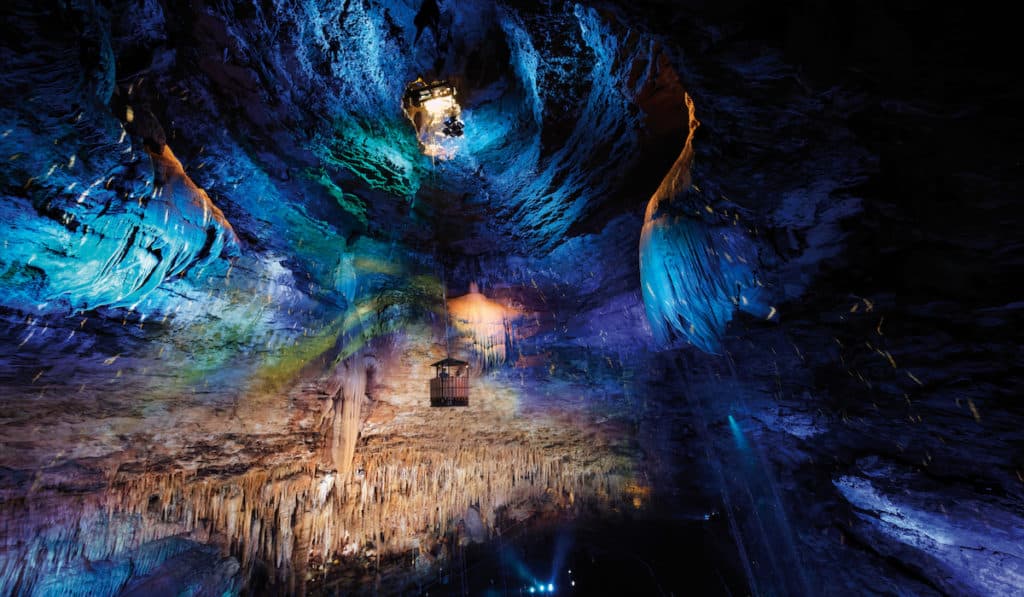
Parks and gardens
In the heart of the natural setting of the Périgord Noir, there are many parks and gardens shaped by outstanding gardeners to be discovered. Whether they are French-style, themed or contemporary, they offer fabulous walks through magnificent plant creations.
The two greatest masterpieces of botanical art are in the Dordogne, both “Remarkable Gardens”. At the Jardins de Marqueyssac, a romantic and picturesque park, you can admire 150,000 centuries-old hand-cut box trees. All in roundness and as if suspended, they overlook the Dordogne Valley offering a breath taking panorama of the villages and castles of Beynac and Castelnaud.
The Gardens of the Manoir d’Eyrignac unveil no less than 300 plant sculptures in a 10-hectare park. All the geometrical forms illustrate, here, to perfection the art of sculpting plants.
At the top of one of the most beautiful villages in France, the Panoramic Gardens of Limeuil offer, in a vast English-style park, an extraordinary 360° view of the Vézère Valley and the spectacular confluence of two rivers: the Vézère and the Dordogne.
Installed in Le Buisson, the Planbuisson garden presents one of the most beautiful collections of bamboos and other grasses in Europe. Nearly 250 species of bamboos and 100 other grasses from all over the world can be found in this exceptional botanical garden, classed as a Remarkable Garden.
Find all the parks and gardens of the Dordogne here : Remarkable Gardens in Dordogne.
A 1900 theme park unique in France
The Périgord has been home to a unique and unusual leisure park for almost 30 years, where you can go back in time to the 1900s.
In a typical Perigordian village, you will be propelled into this era of simple joys and authentic pleasures. Within its 7 hectares, the mill, the school, the craftsmen’s workshops, the traditional fairground, the photo studio of the time, you will discover thousands of objects, tools, toys, machines, carriages of the past. Everything in this park comes from the time of our ancestors. You will be able to try out century-old rides and climb one of the first models of Ferris Wheel.
Everything in this timeless village helps you to experience the good old days. Even the smell of jam simmered under your nose, old-fashioned bread baked over a wood fire, freshly brewed beer evoke this life of yesteryear. And of course, as in any old country village, pigs, rabbits, goats, donkeys, geese and other farm animals live happily together.
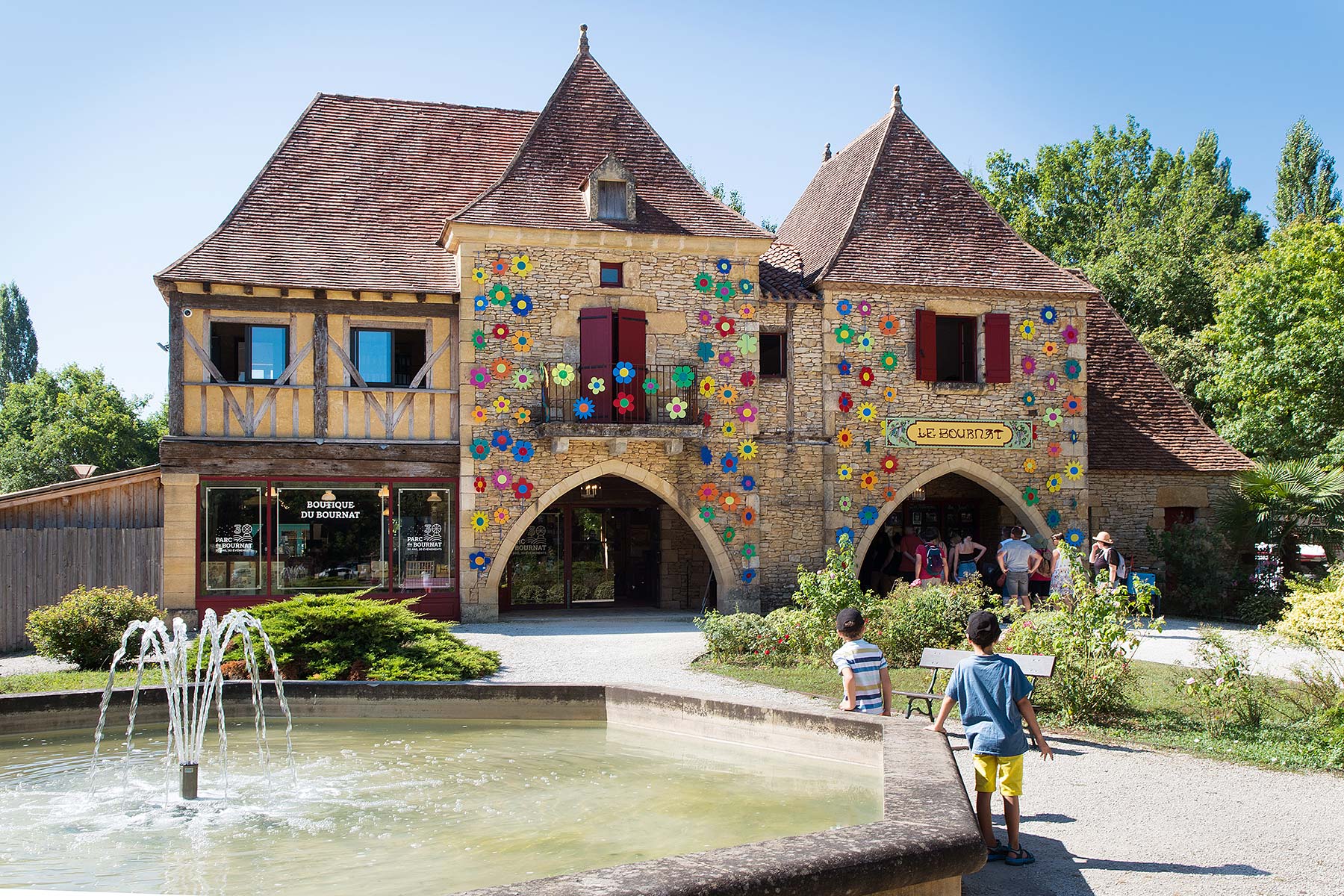
Prehistoric parks
The Roc de Cazelle caves at Les Eyzies, the Prehistopark at Tursac, several theme parks in the Dordogne show the daily life of the first Neanderthal hunter-gatherers and Cro-Magnon men to discover the habits and customs of our ancestors. At the Parc du Thot in Thonac, we discover another aspect of this period, the animals (auroch, bison, horses, Prjewalski horses, wolves).
And not far from Le Bugue in Saint-Léon-sur-Vézère, it is the dinosaurs dear to our little ones that the theme park of La Conquil stages in a vast forest park.
Back to the Middle Ages
The Dordogne is one of the departments richest in medieval remains. Castles, bastides, fortresses, abbeys have multiplied in the time of the lords and conquests of which the Périgord was the theatre and the Hundred Years War the most famous episode.
Beyond Sarlat, Périgueux has magnificent medieval districts around the Saint-Front Cathedral. Bastides, new towns founded in the 13th and 14th centuries such as Domme and Monpazier, also bear witness to the era of the knights.
On either side of the Dordogne, the border between the French and English enemy kingdoms, you will find the castle of Castelnaud, a perfect example of fortification, and the castle of Beynac and the dungeon of Richard the Lionheart. The castle of Commarque and the fortress of Miremont are also worth a visit.
In the fortified village of La Madeleine built on the cliffside, you will discover, this time, the daily life of the common people in the region.
Superb abbeys have also flourished in the region. The Abbey of Cadouin not far from Le Bugue, in the magnificent little commune of Le Buisson-Cadouin, has been exceptionally well preserved for 900 years and is a UNESCO World Heritage Site. The abbey church of Paunat, a charming little medieval village nearby, is one of the most beautiful and ancient in the Périgord.
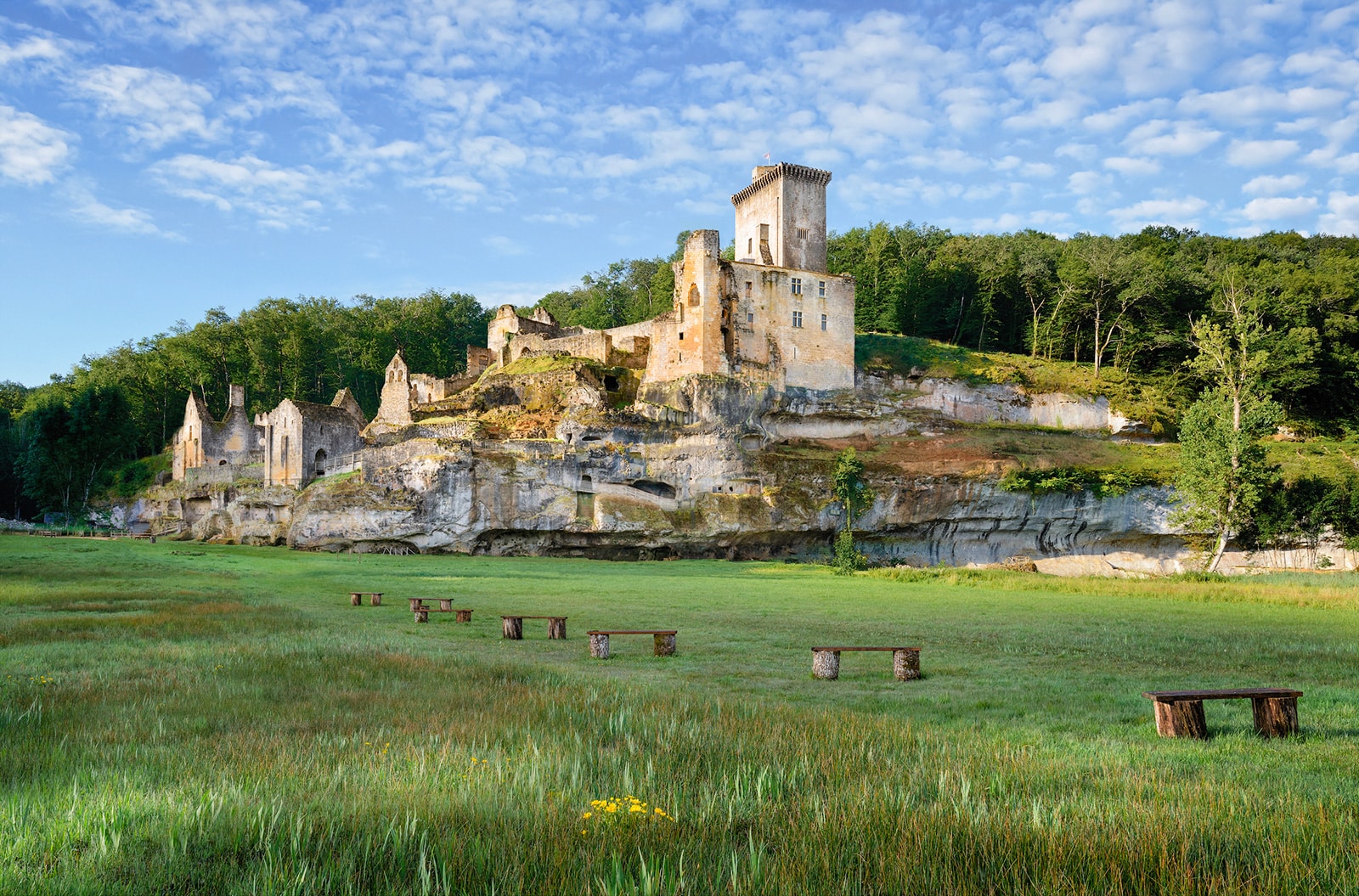
Cities of art and history and the most beautiful villages in France
Three major cities in the Périgord have been awarded the Villes d’Art et d’Histoire label for their exceptional character:
- Sarlat, the emblematic medieval town,
- Périgueux, the capital of the Périgord
- Bergerac, the wine city.
The Dordogne also has a multitude of villages, each more charming than the next. Ten of them have been awarded the label “Plus Beaux Villages de France” (Most Beautiful Villages in France). Among them :
- near Lascaux, Saint-Amand-de-Coly and its monumental fortified abbey
- Saint-Léon-sur-Vézère, a village of artists and craftsmen installed on a loop of the Vézère,
- Domme, a royal bastide hoisted 150 meters high,
- the Roque-Gageac, leaning against a cliff along the Dordogne,
- Belvès, city of 7 bell towers,
- Monpazier, the best preserved bastide in France
- Limeuil, from the top of which you can admire the double bridge that spans the confluence of the Vézère and the Dordogne rivers.
A tour on a Gabarre
Since Gallo-Roman times, the Dordogne River has been an important trade route between the Massif Central, Auvergne and Bordeaux. River gabares, wooden flat-bottomed boats, were used to transport goods.
Strolls in these traditional boats, which have now disappeared, are offered throughout the Périgord. They offer a new point of view to discover the wildlife, the vegetation, the sometimes rocky and sometimes green landscapes of the Périgord, its villages, castles and cave dwellings.
To find your ideal trip, let’s go here

To know all about the Dordogne :
Vallée de la Vézère/Lascaux : http://www.lascaux-dordogne.com/
Tourisme en Dordogne : www.dordogne-perigord-tourisme.fr
Take advantage of our exclusive unlimited offer with special rates for access to the Bournat theme park
Take advantage of the offer!Discover the Camping du Bournat in our video
Discover the video